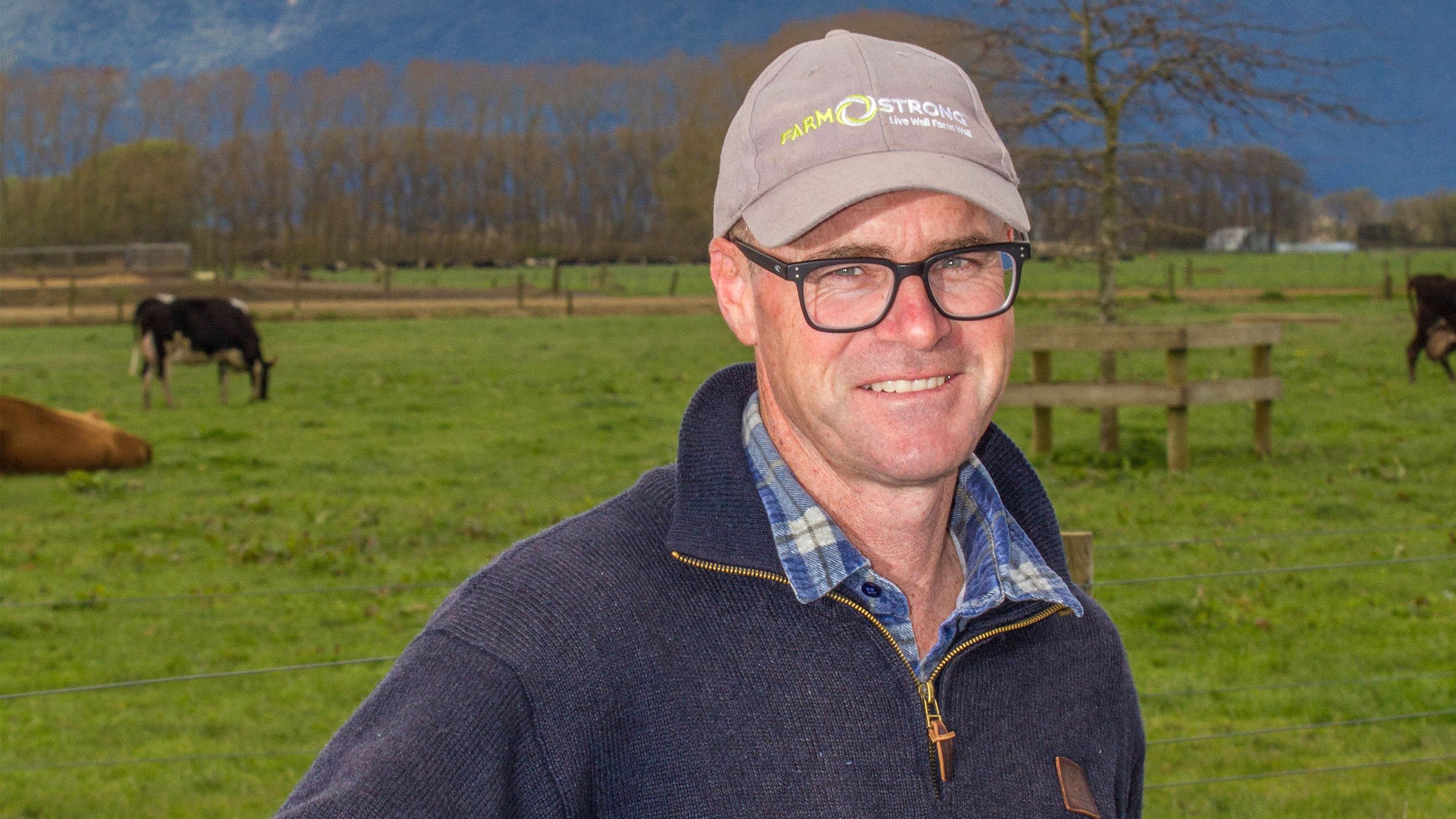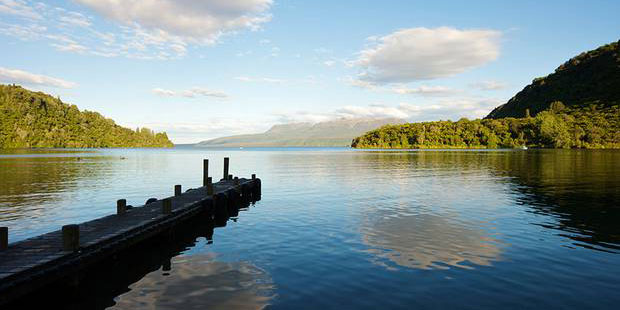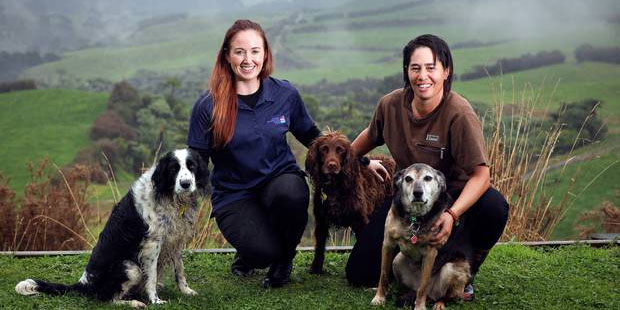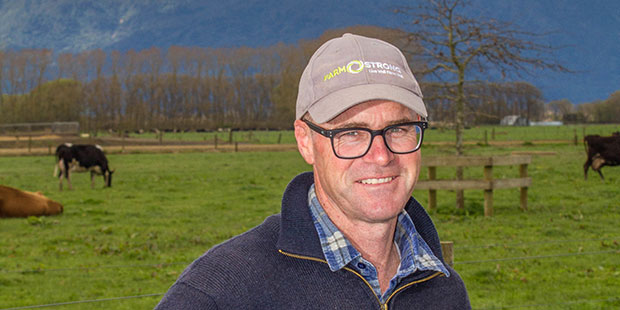Farm ‘train’ could clean rivers
Artificial wetland created on a Waikato dairy farm may be an answer to nitrate run-off worries.


Combining his farming nous with years of experience as a research scientist means Waikato dairy farmer Richard Cookson is well placed to help solve one of the industry’s biggest issues – potential impact of pasture run-off to streams and rivers.
Cookson, who together with his wife Louise Cullen, runs the 320ha Springdale farm near Morrinsville, is trialling a unique system - he calls it a “treatment train” - specifically designed for use on farms with the type of flat terrain typical of much of the Waikato region.
As part of the project, he has constructed a small wetland near a drain on the farm to filter contaminants out of run-off which ultimately flows into the Waitoa and Piako rivers.
“The water is re-directed into a silt trap and then flows into the wetland,” he says. “It swirls around in there before it slows, enabling the contaminants to ‘fall out’. From there the water goes back into the drain.”
Cookson says the system could be the answer for farms on flat terrain like his: “Our big issue is with nitrate and E Coli (bacteria) in the water. Because the land is flat, we have no natural fall-off from the pasture and the water just sits in the paddocks. There are also no natural wetlands.
“We have fenced stock out of all our drains (he estimates there are around 180 across the farm) but there is still very little fall-off and it got me thinking ‘what is the next step’?”
Cookson’s background has him well qualified to tackle an issue of this kind. Farming is in his DNA, his family having farmed in the area since the 1920s when his grandfather bought 30 acres; today his brother and two sisters also own and operate farms in the district.
When he left school, he opted not to go farming: “I went to university at 18 to do an agriculture degree and didn’t want to come home and milk cows. I went on to do an honours degree and this eventually led to a career working with the Australian government on research in microbial nutrient recycling.”
But 12 years ago, when his father’s health began to decline, he decided to come home and take over the running of Springdale.
“It was a good opportunity,” he says. “Our first son had also just been born and I didn’t want him growing up supporting the Wallabies (Australian rugby team).”
Cookson and Cullen jointly operate Springdale, milking up to 850 cows on roughly 265ha of pasture. They supply both Fonterra and the Tatua Co-operative Dairy Company and also run a herd of around 850 dairy goats.
Since taking over the couple have invested in modernising the farm’s systems: “We had a large property but it was operating with the infrastructure of the 1950s so we have spent a lot of time changing things like paddock sizes and shapes, drainage and irrigation systems, soil aeration and grass types all to create a more efficient and modern farm.”
But it is the development of the treatment train that may prove to be the most significant change. Cookson is working with Dr Rebecca Eivers, a freshwater ecology and wetland specialist of Streamlined Environmental Ltd on the project.
The system was built last year and is still in its initial phases: “It is still too early to say how it will work, but theoretically it should help. What we are trying to do is build up a knowledge base we can then take out to other farms.
“So we will spend time this winter to see how it is working,” he says. “The (Waikato) regional council will measure water quality – so we’ve got to do something and I believe we have a responsibility to do so.”
Cookson likens the project to a journey: “At the moment we are doing it on a small-scale and we will make mistakes – but it is important to make them here and to get it right.”
He says there are four or five other sites on the farm where a treatment train could be installed but a decision on doing so is likely to wait until the system has been proven. He is confident the system could prove cost-effective for farmers.
The wetland Cookson constructed is circular and measures around 20m across. Using $8000 funding from the Waikato Regional Council’s Thames Valley Drainage Advisory subcommittee, he planted manuka on the sides of the drain and carex plants and other natives in the wetland itself.
“We’re also hoping to create a habitat for native fish,” he says. “But at the end of the day our business goal is to implement a modern, low-cost, low-risk, environmentally sustainable farming system.”





